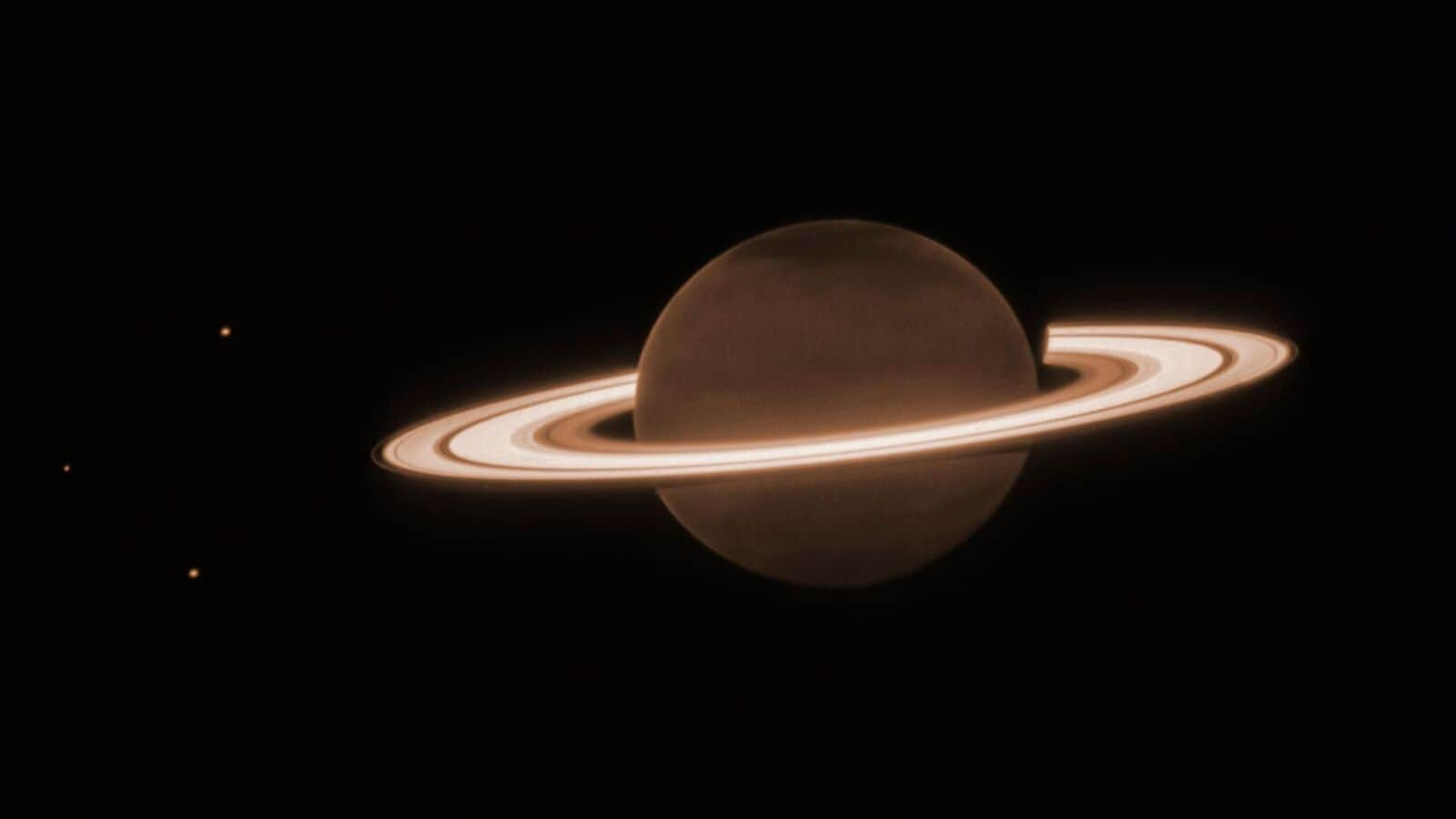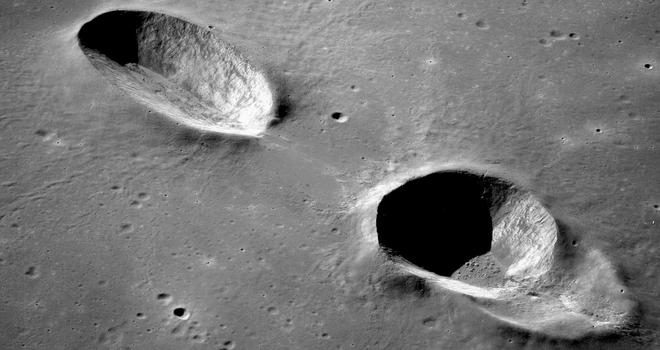Webb telescope discovers its first-ever alien exoplanet. Here’s what we know

The James Webb Space Telescope, launched into space in 2021, has directly imaged and discovered a young gas giant exoplanet, which is approximately the size of Saturn, nearly 110 light years away from Earth in the constellation Antlia, reported the news agency Reuters, citing official researchers aware of the development.
According to the report, this is the first time that the deep space telescope has discovered an alien exoplanet which was not previously documented by humans.
Webb telescope’s discovery
Since the telescope’s launch in 2021, the high-tech space equipment has gathered valuable data on various already-known planets beyond our solar system and early universe data. Scientists call these distant planets exoplanets.
The Webb telescope is a highly capable piece of space equipment that can see distant planets in terms of light years. The new alien exoplanet is situated nearly 110 light years away from Earth, where every light year, the distance travelled by a ray of light in a year, is 9.5 trillion kilometres, according to the agency report.
Most of the 5,900 exoplanets discovered since the 1990s have been detected through indirect methods, like the transit method, which observes the slight dimming of a star’s light when a planet passes in front of it.
The news report also highlighted that less than 2 per cent of the earlier exoplanets have been directly imaged, like the Webb telescope’s current finding. The plant was found using a French-produced chronograph, a device which is used to block out the bright light from a star, equipped on the Webb telescope’s Mid-Infrared Instrument (MIRI).
About the new exoplanet
The new exoplanet which is approximately the size of out Saturn orbits its host star called TWA 7 at a distance 52 times greater than Earth’s orbital distance around the Sun, as per the agency report.
“Webb opens a new window – in terms of mass and the distance of a planet to the star – of exoplanets that had not been accessible to observations so far. This is important to explore the diversity of exoplanetary systems and understand how they form and evolve,” said astronomer Anne-Marie Lagrange, cited by the news agency.
Lagrange also highlighted how the indirect methods provide incredible information for planets close to their stars. However, the imaging is needed to detect and characterise planets which are further away in space.
According to the agency report, the star and planet found in the research are practically newborns with about 6 million years in age, compared to our solar system, which is 4.5 billion years old.
However, the report also highlighted that the researchers do not yet know the composition of the exoplanet’s atmosphere, are are looking forward to the future findings of the Webb telescope to determine an answer.
“Looking forward, I do hope the projects of direct imaging of Earth-like planets and searches for possible signs of life will become a reality,” said Lagrange, as cited in the news agency’s report.






